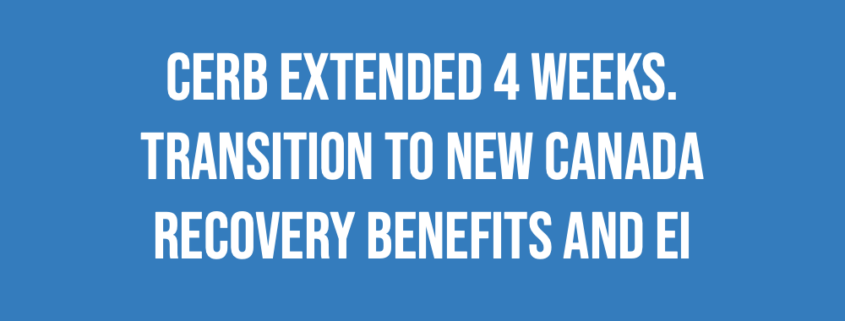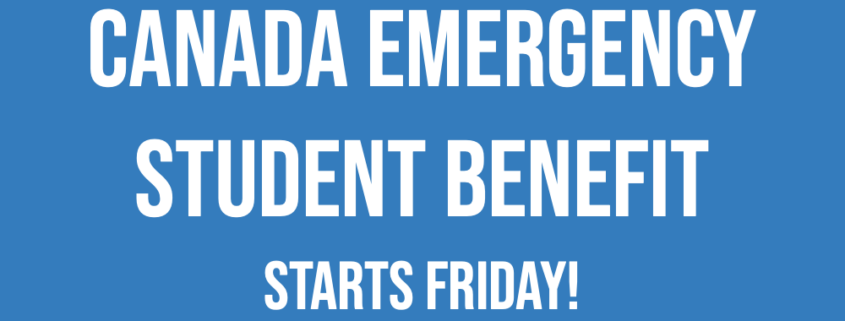Diversifying in Uncertain Times
Uncertain about where to invest during Covid-19? It may be time to diversify through a Participating Whole Life policy
The Covid-19 pandemic combined with global social unrest have led to an era of unprecedented uncertainty, contributing to global economic concerns and stock market volatility. Potential economic fallouts stemming from disputes between China with both Canada and the United States, along with a new recession looming just over the horizon, have left many wondering if their investments are robust enough to withstand the turbulence of the current times and any future instability.
Diversifying your assets through a Participating Whole Life policy may be key to ensure future financial security for you and your children. The new generation of Par Whole Life policies is now viewed as a separate asset class due to their stable returns. It’s important to understand that the new features of Participating Whole Life policies are not those of our parents’ generation. The new version of these policies includes the following:
-
A stable rate of return, consistent with or better than fixed income or bond-type investments of similar duration;
-
A guaranteed investment designed to increase in value every year, meaning your investment will not decline due to market conditions;
-
Tax-advantaged – your investment grows tax-deferred, possibly even tax-free;
-
Liquid – you can access your investment by several different means, some of which are tax-free;
-
Increased flexibility – some Par Whole Life Policies have been re-designed to afford a measure of deposit flexibility not previously available;
-
This investment could be protected against the claims of creditors or litigants;
-
If you became disabled, your annual investment amount could be made on your behalf and never have to be repaid.
In addition to being a viable option for investment diversification, a Participating Whole Life policy would also ensure that your family is protected from the uncertainty of death. With the re-investing of policy dividends, this type of policy is guaranteed to increase in death benefit each year.
Reach out if you are unsure where to put additional investment funds or if your investments are keeping you up at night due to these unprecedented times. As always, please feel free to share this information with anyone you think would find it of interest.



